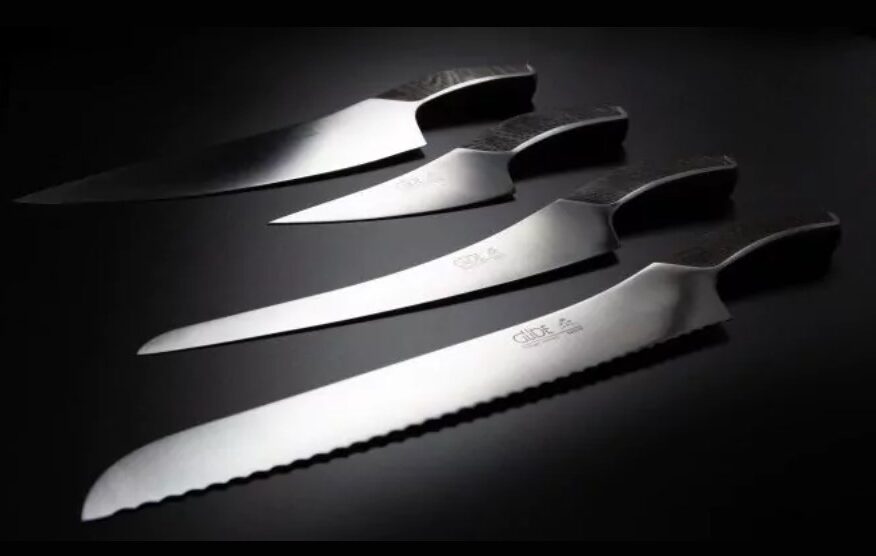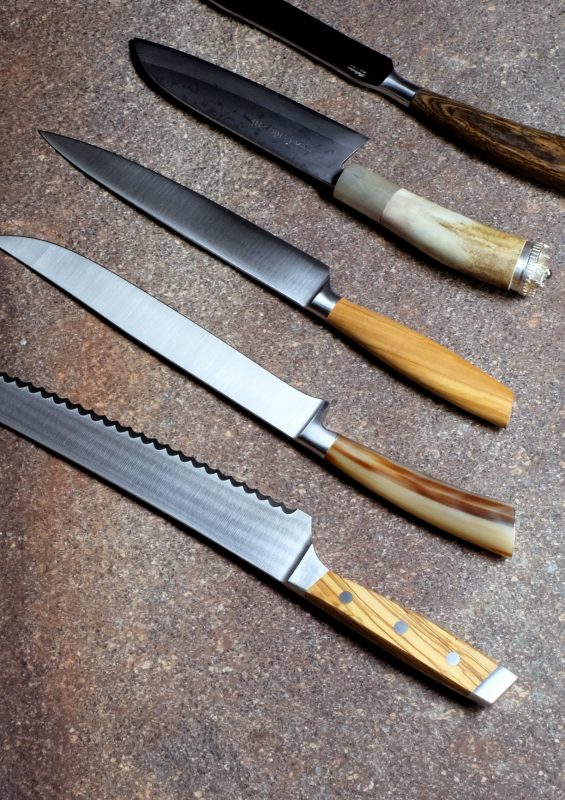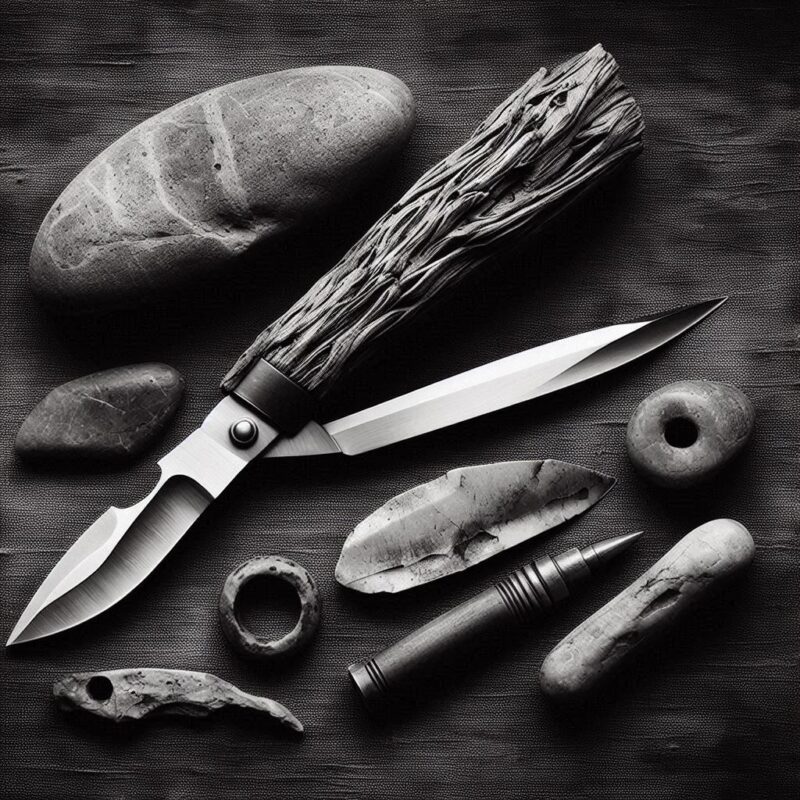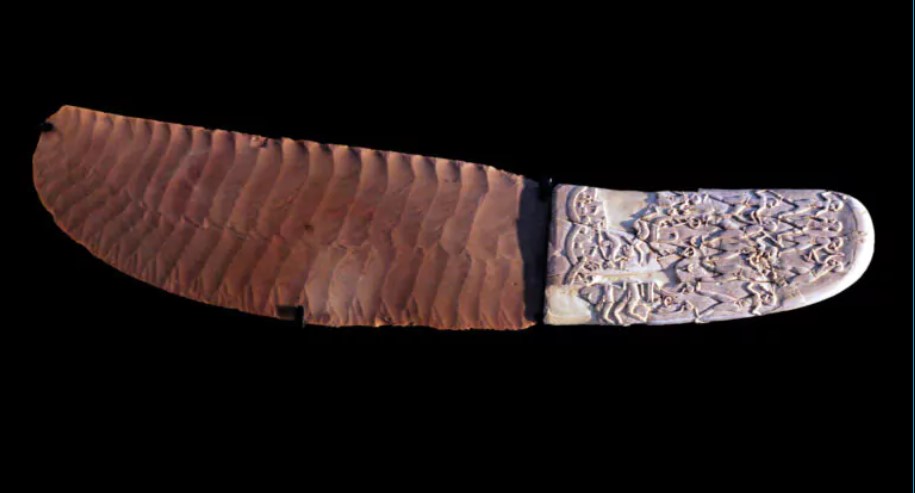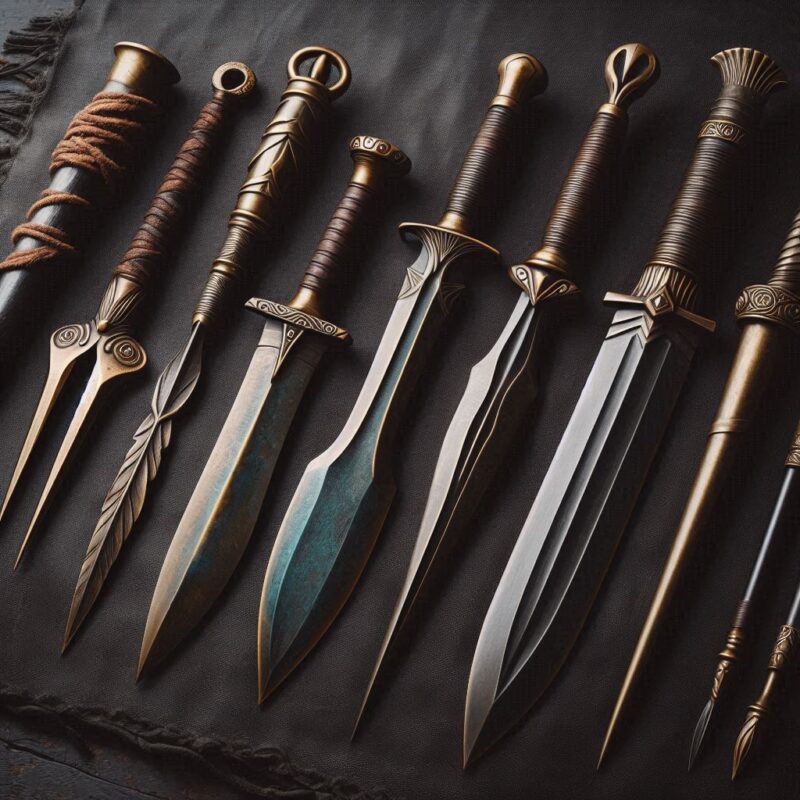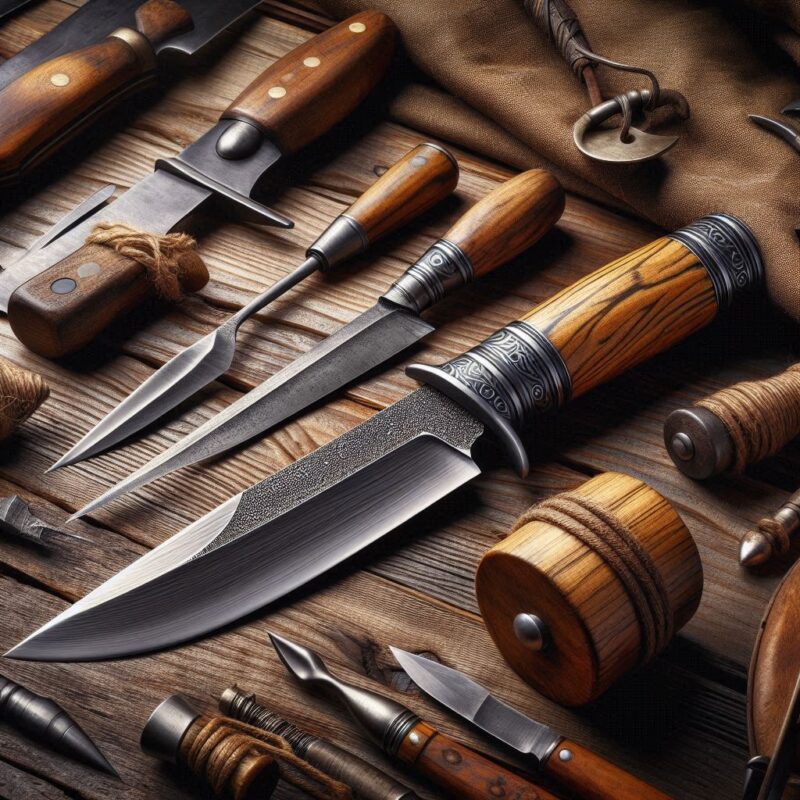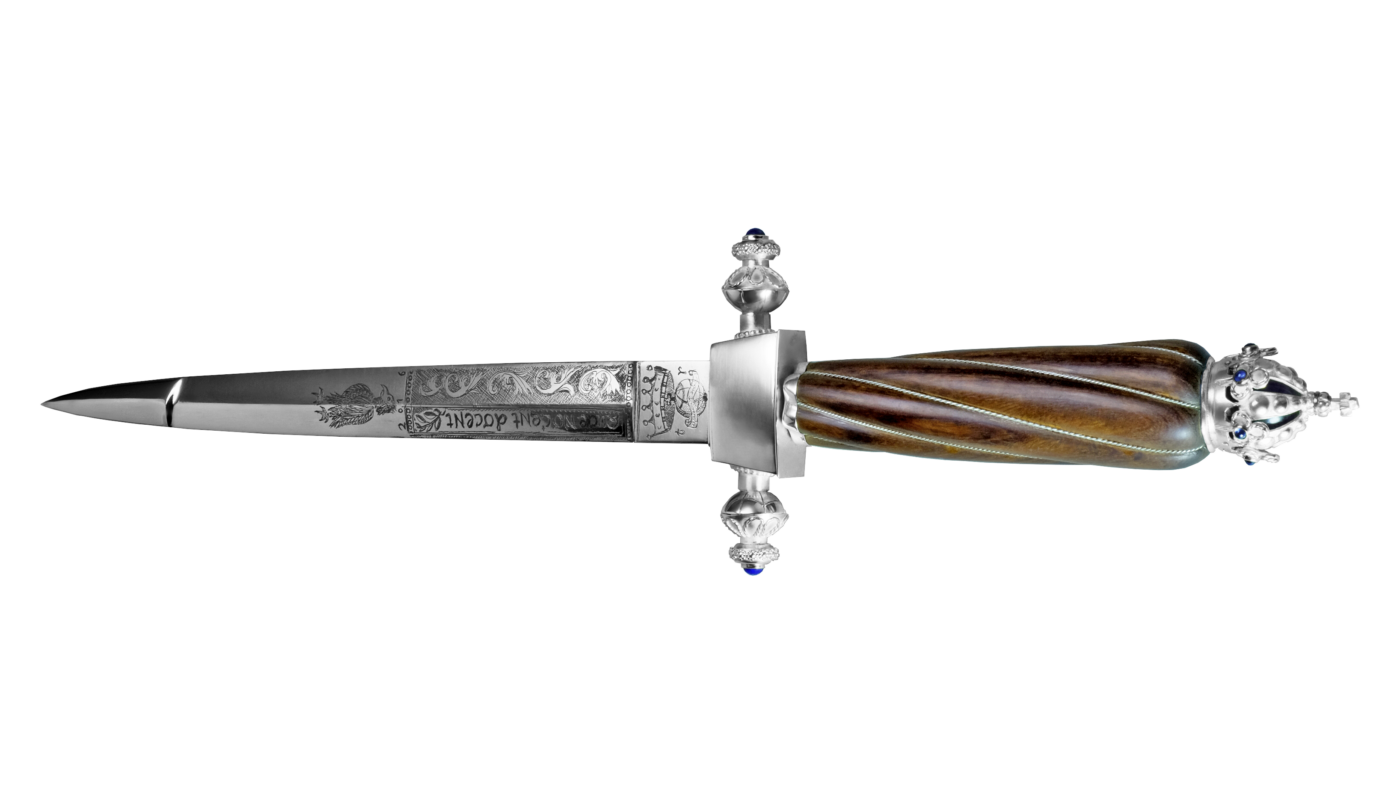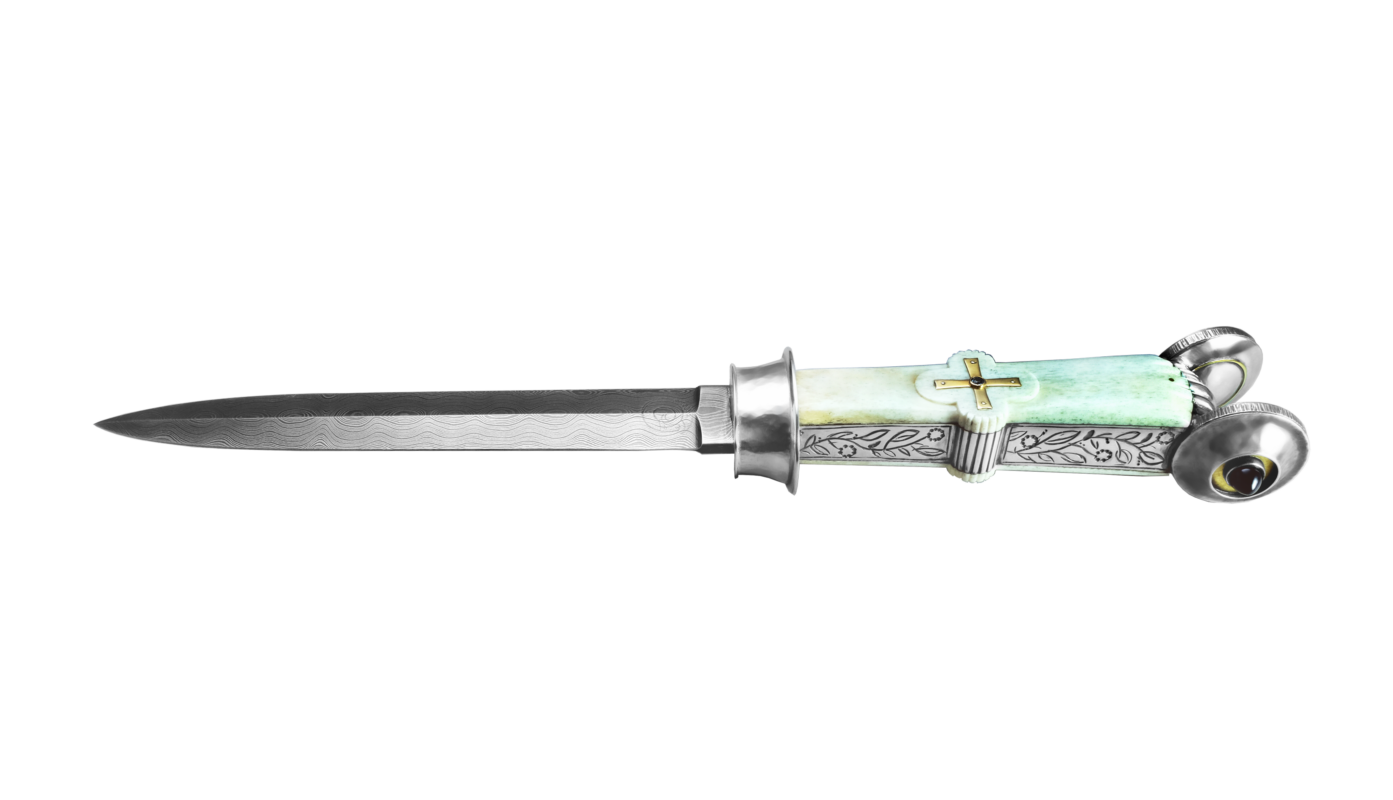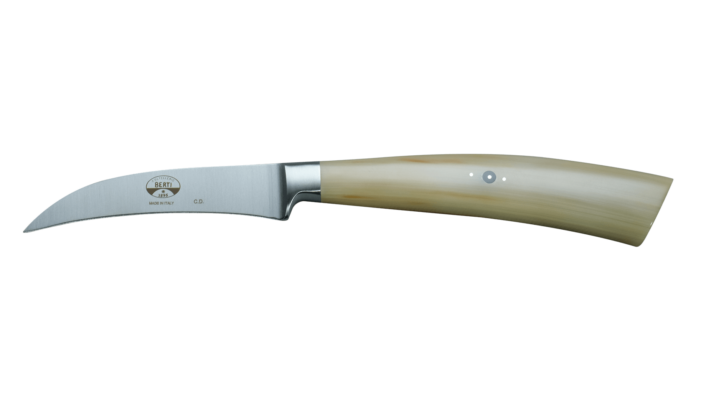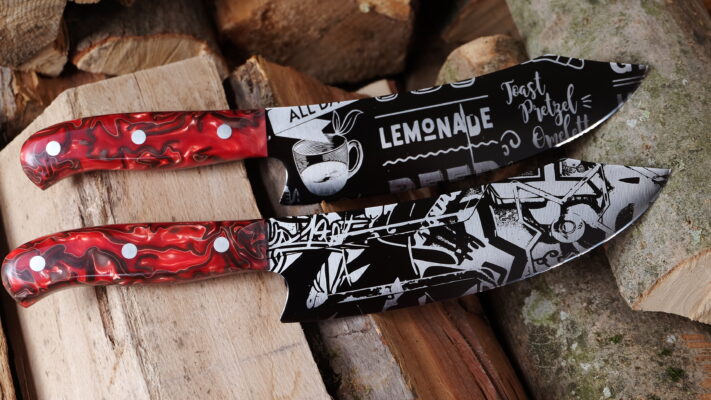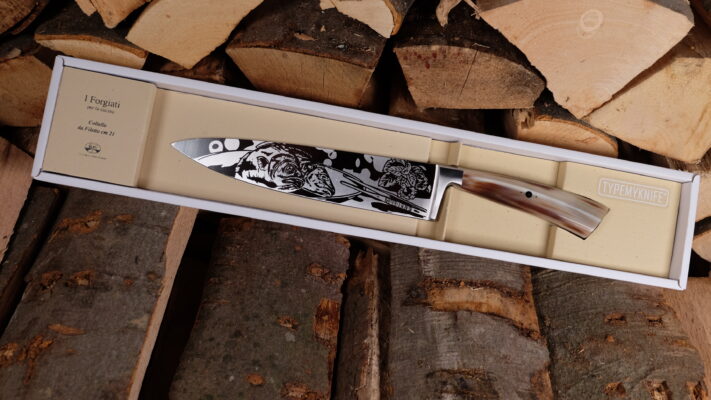The development of european kitchen knives An evolutionary story
The world of European blade shapes
The development of European kitchen knives from antiquity to modern times. A blog story by TYPEMYKNIFE®
We have over three hundred and fifty knives listed in our knife store at TYPEMYKNIFE®. All knives are made by European knife manufacturers.
There are various types and shapes of knives depending on purpose and preference. These range from classic chef’s knives to special knives for filleting, carving or tourning.
What they all have in common is their European design and European shapes, which are ideally suited to our local cuisine and the preparation of our dishes.
But what is the historical origin of the knives and what distinguishes European knives from Asian knives, for example?
We want to explore these questions in the next few blog posts and shed some light on the subject.
The development of European kitchen knives from antiquity to modern times. A blog story by TYPEMYKNIFE®
The history of the knife, from the Stone Age to today's professional knife.
Even our ancestors, primates who roamed the steppes, used tools. A stick, a stone or a bone.
We do not know exactly when the knife or its predecessors came into being. But we can be sure that a painful experience was the trigger for a development that continues to this day.
As soon as Stone Age man cut himself on a sharp stone edge, the knife was added to the repertoire of human tools.
The decisive difference to tools such as branches or bones. The sharpness was deliberately created by breaking or carving stones. A huge step in the evolution of mankind.
Glass-hard rocks such as flint produced sharper breaking edges, from which the first humans created hand axes, scrapers or drills.
Homo erectus was already researching, developing and designing here.
Complex all-purpose knives were created as early as the Neolithic Age
The combination of wood, pitch as an adhesive and the working of flint made it possible to produce cutting tools for various applications.
Long feather-shaped blades are well known. Finely retouched, in a perfectly symmetrical shape. This blade was glued into a wooden handle using pitch and stabilized with hemp cord winding.
A weapon and a real all-purpose knife. This technique also turned an axe into an everyday tool.
The carved or ground stone was attached to the wooden handle or a branch fork with pitch and strong rope or sinew.
A saw had many small pieces of flint glued together in a long shaft as teeth. The forerunner of the bread knife, but there is still a long way to go.
Metal enables knives with completely new properties
The first metals to be processed by humans were those that were available in solid, non-oxidized metallic form.
Gold and silver nuggets were found in rivers, or minerals in which pure copper was enclosed.
Smelting was difficult as it was not easy to reach such high temperatures in furnaces.
Copper was the first metal to be used to make tools.
Copper knives were no sharper than their stone predecessors. But they did not break and could be re-hardened by forging.
A great advantage when killing animals.
Kitchen knives in the Middle Ages, carbon steel and wood
People in the Middle Ages ate with their fingers or slurped their soup. If there was millet porridge, the wooden hand-carved spoon was used. If the head of the table died, the spoon was handed over, in the truest sense of the word.
The nobility and the discerning bourgeoisie dined a little more finely. The table was laden with all kinds of meat, swan, peacock, goat and much more.
Less vegetables, more bread and as yet no sweets. Everything was portioned in bite-sized pieces, meat could be gnawed from the bone. Your own dagger skewered even more than it cut. Gradually, table manners became more refined.
In addition to the obligatory dagger, men wore a knife on their belt, sometimes with a spoon or fork tucked in. Our modern word “cutlery” comes from the word “to stick”.
The fork had a hard time, as it was unpopular as the devil’s work and you could skewer with the very sharp steel knives.
Showy knives of the nobility, simple chef's knives in the kitchens
In the kitchen, people worked with large iron knives with simple riveted or pinned wooden handles.
Carbon steel had one major disadvantage. The iron taste had a negative effect on vegetables, fruit and egg dishes. The layer of scale on the iron discolored the cutting edges.
This meant that the knives had to be cleaned and sharpened a lot. Our custom of cutting potatoes with a silver fork rather than a knife has its roots in this.
What happened next? There was still a long way to go before we had a top-quality product made of stainless steel with a moisture-resistant handle.
With the French Revolution, the use of kitchen knives changed fundamentally. Good food was no longer the preserve of the aristocratic upper classes. Restaurants opened and the kitchen and cooking became bourgeois.
Find out more in our second blog post about the kitchen knife revolution.
You can find medieval daggers in our TYPEMYKNIFE® knife manufactory.
